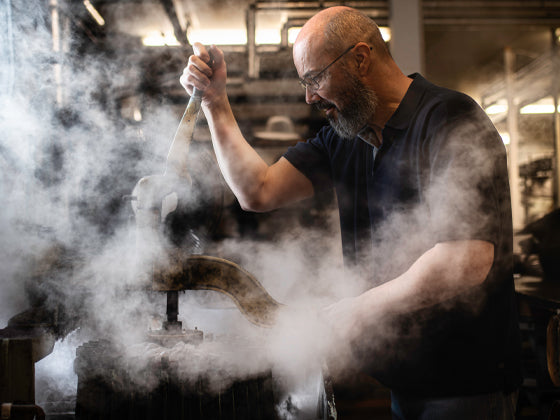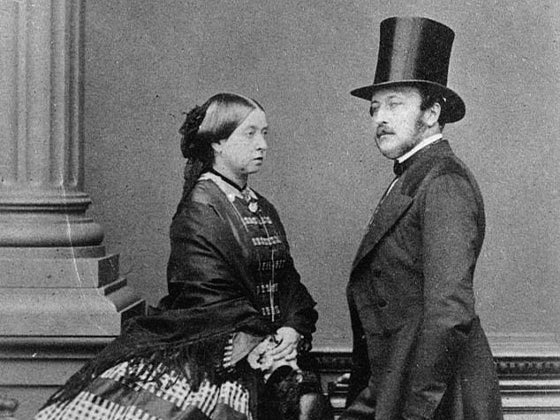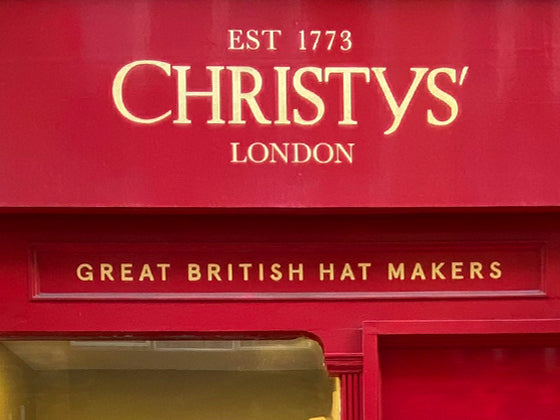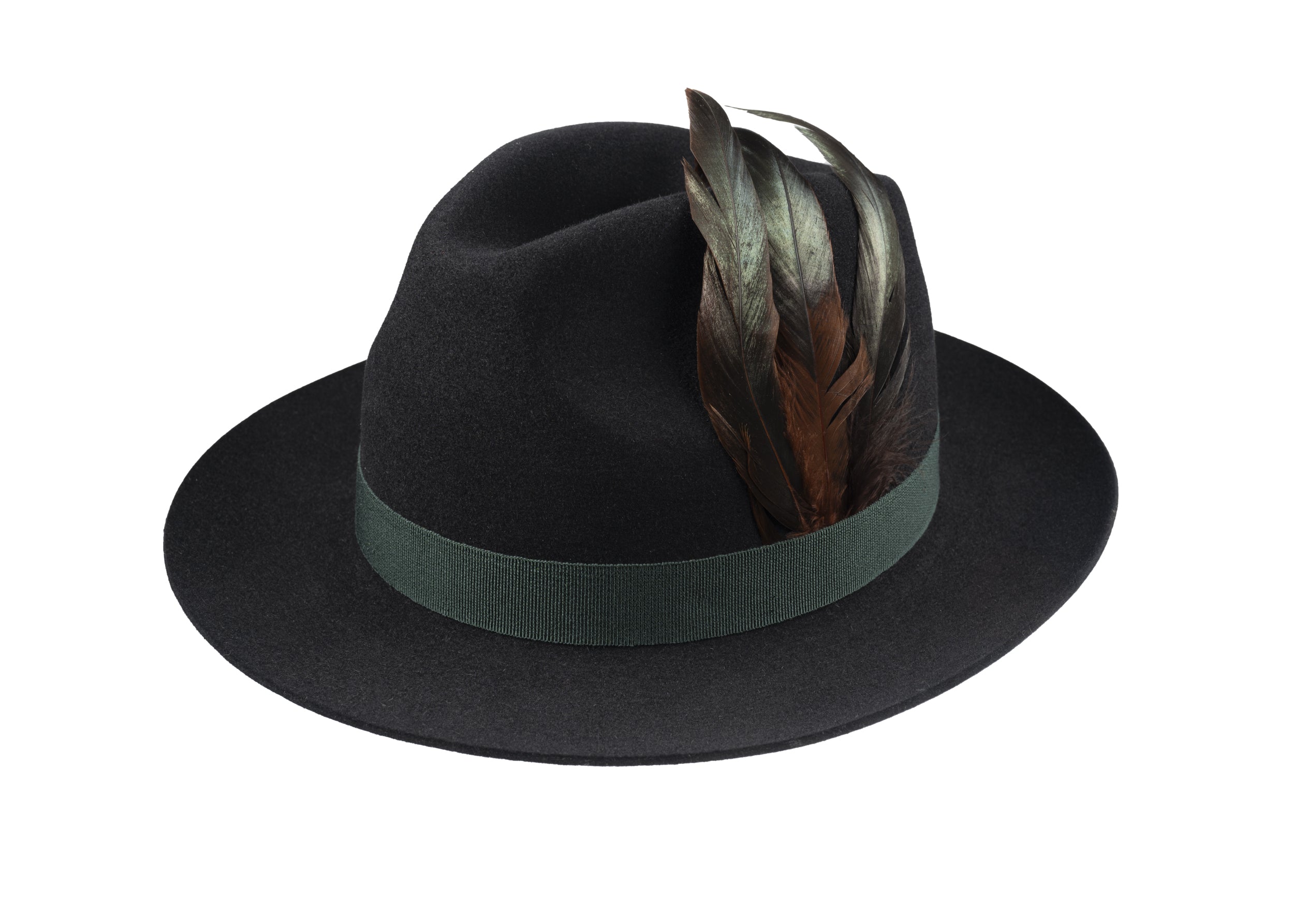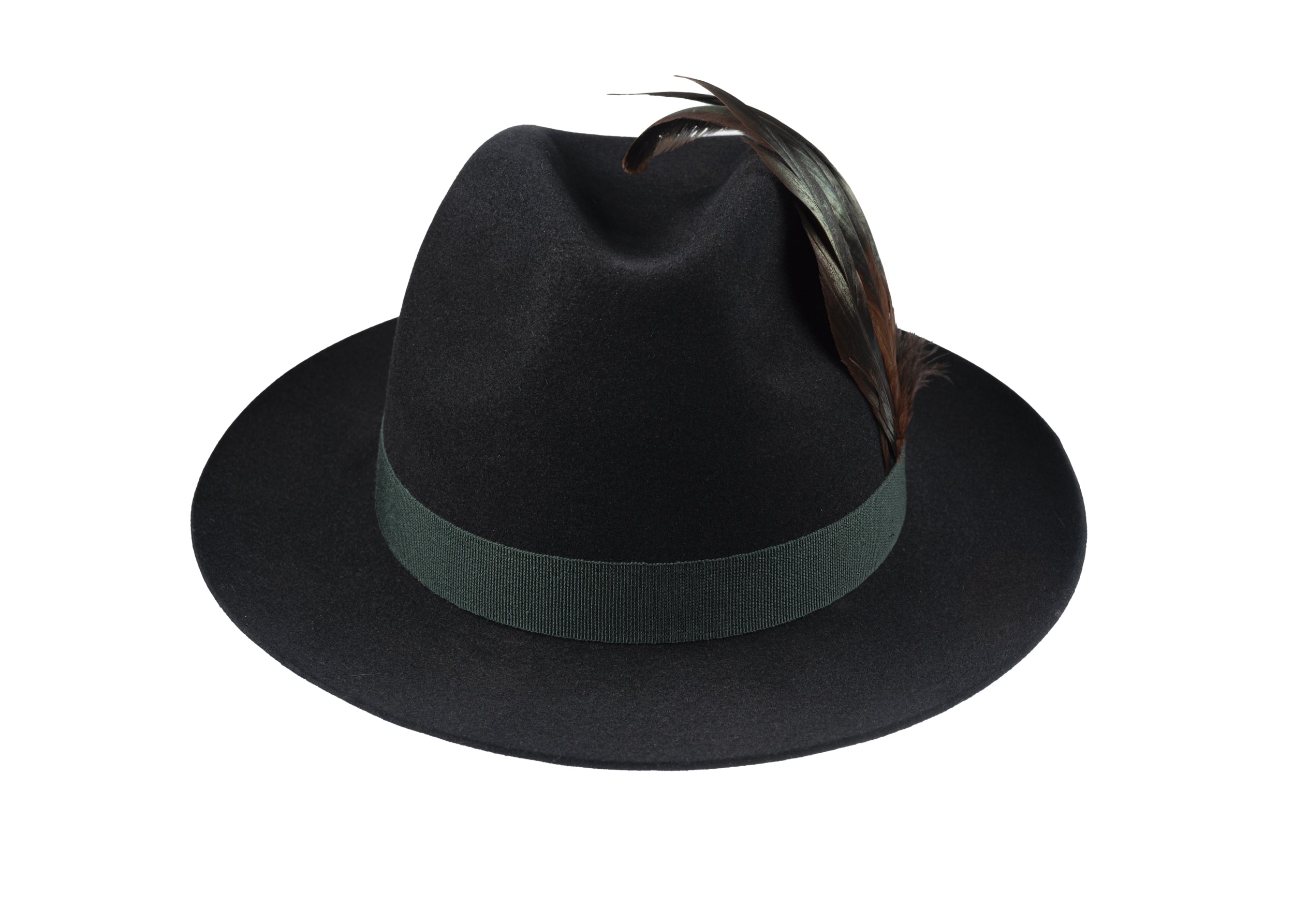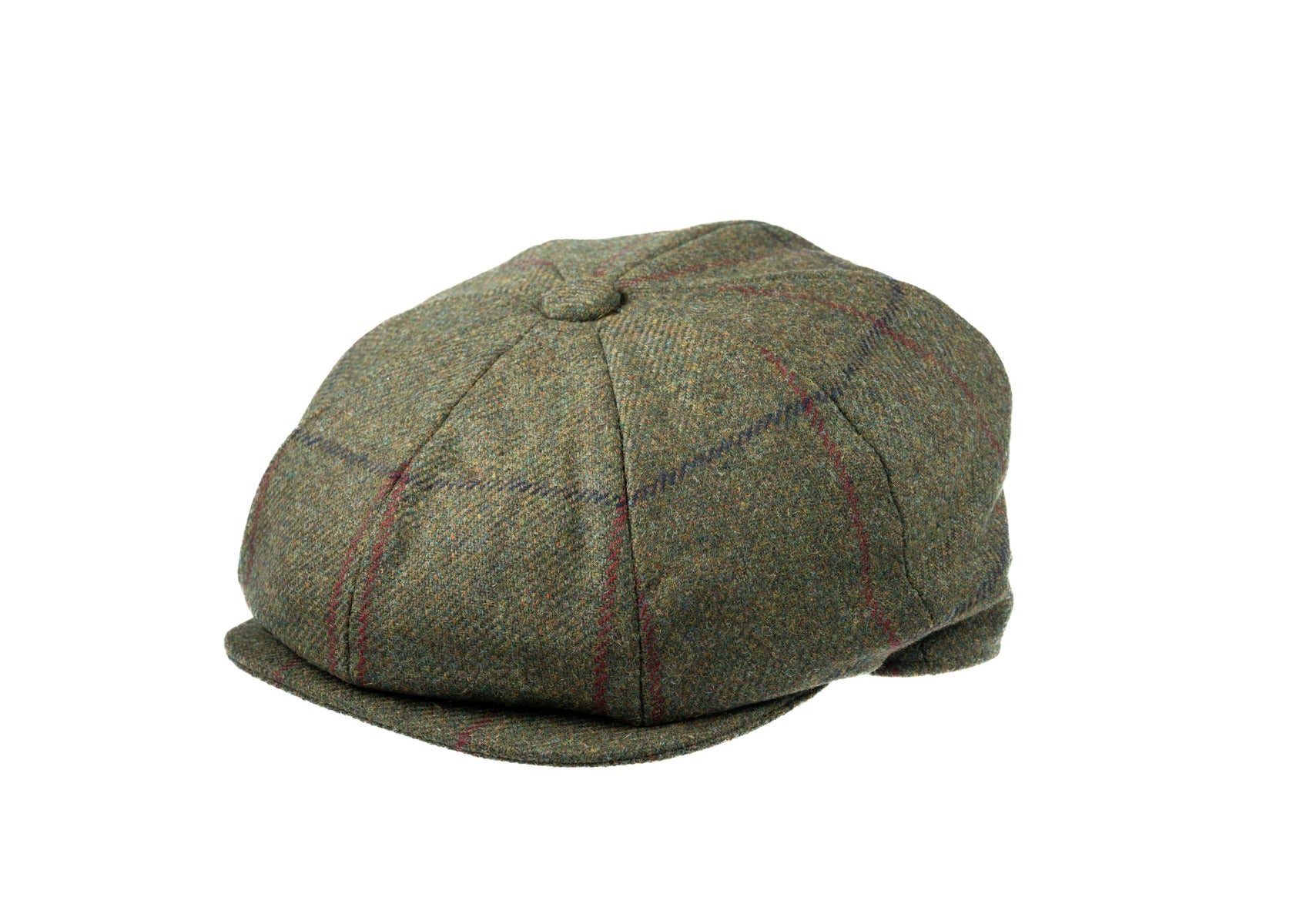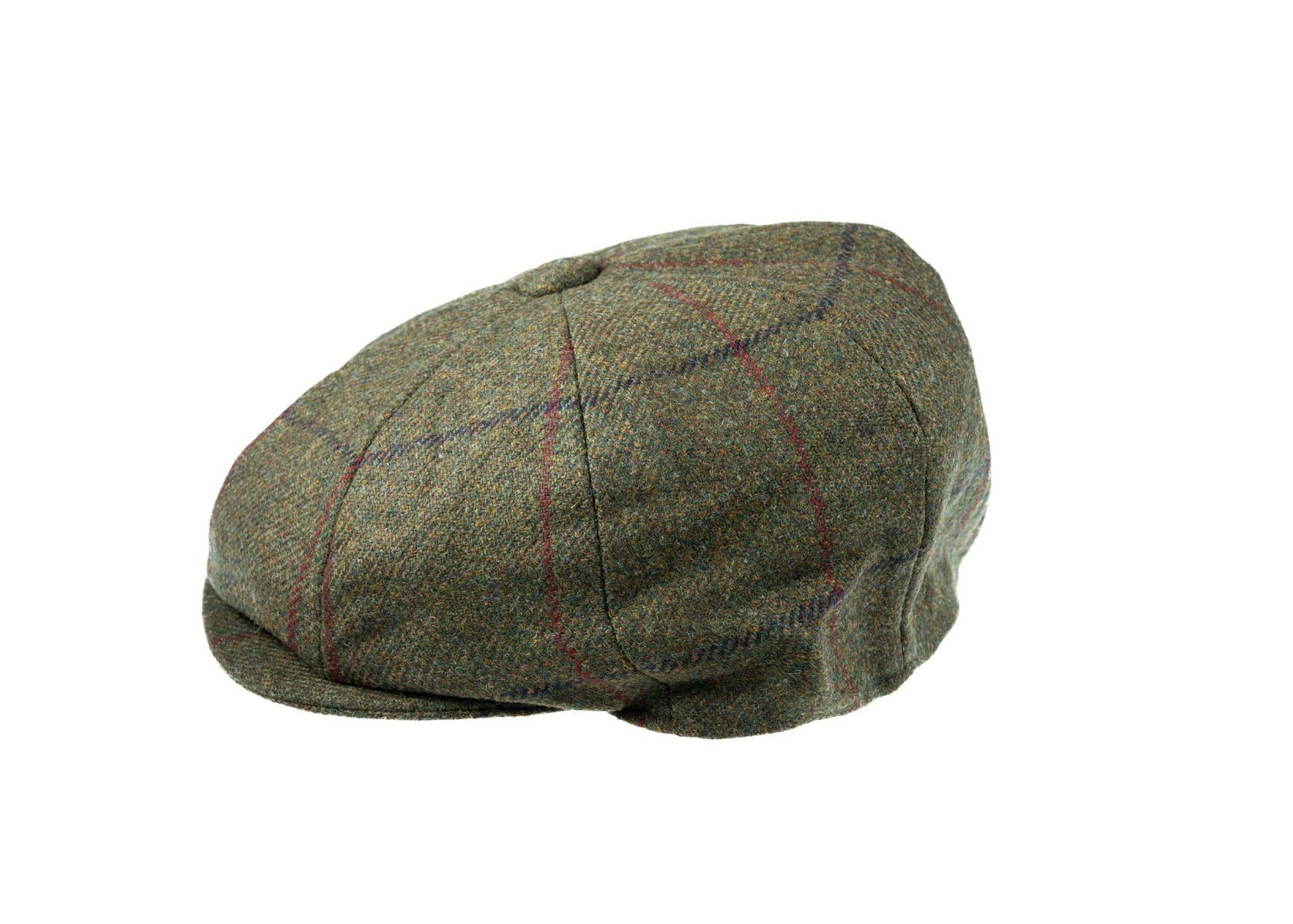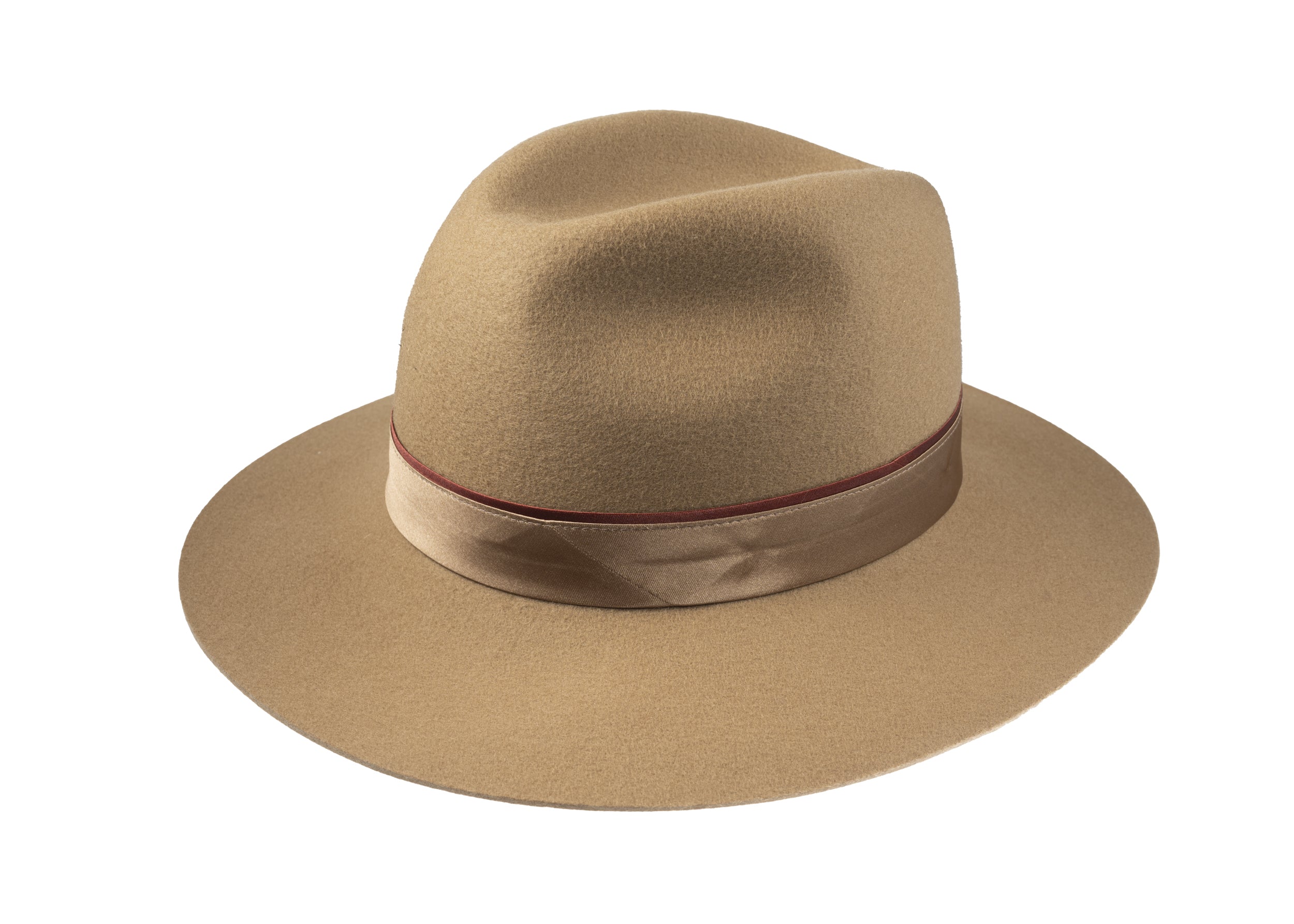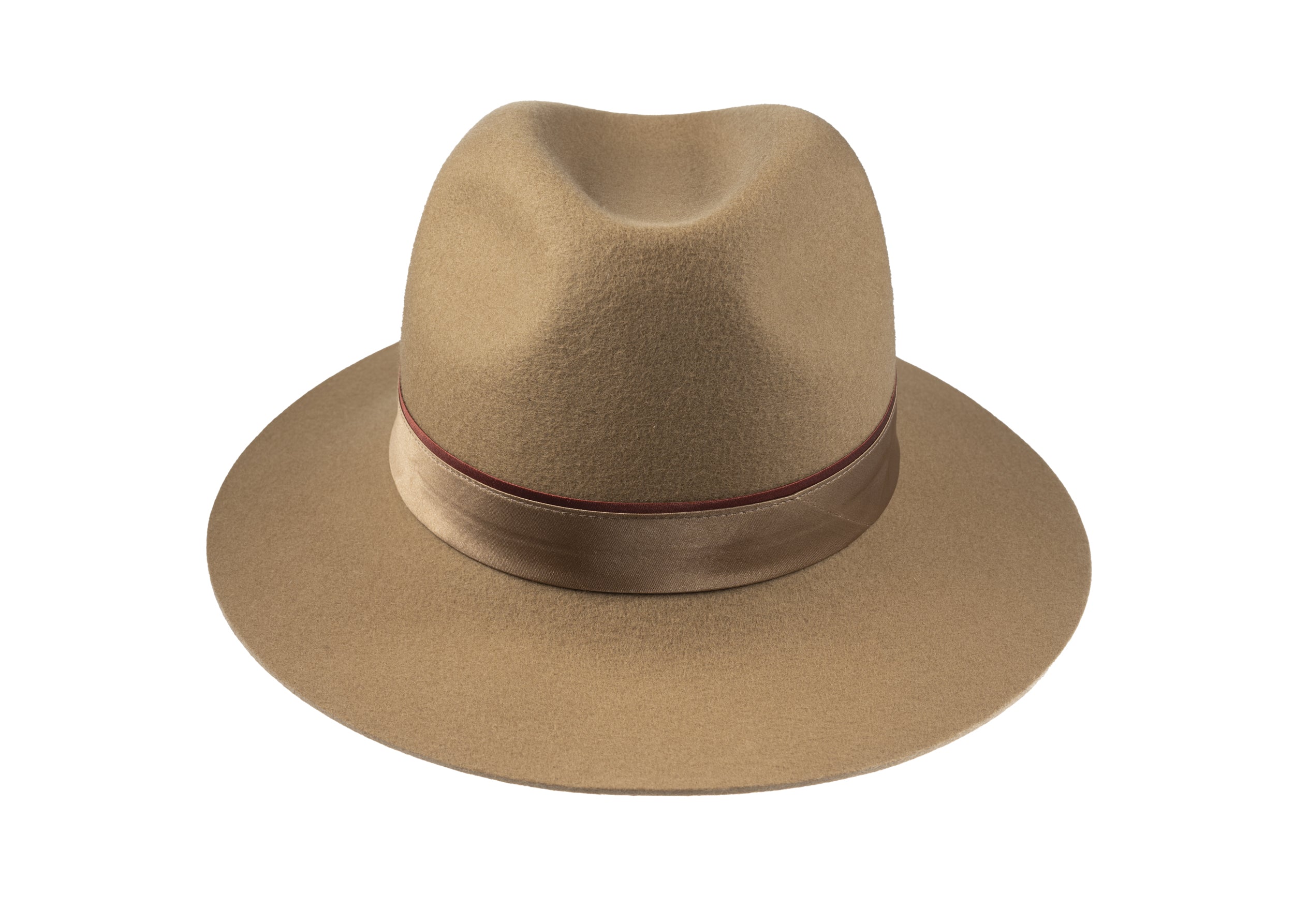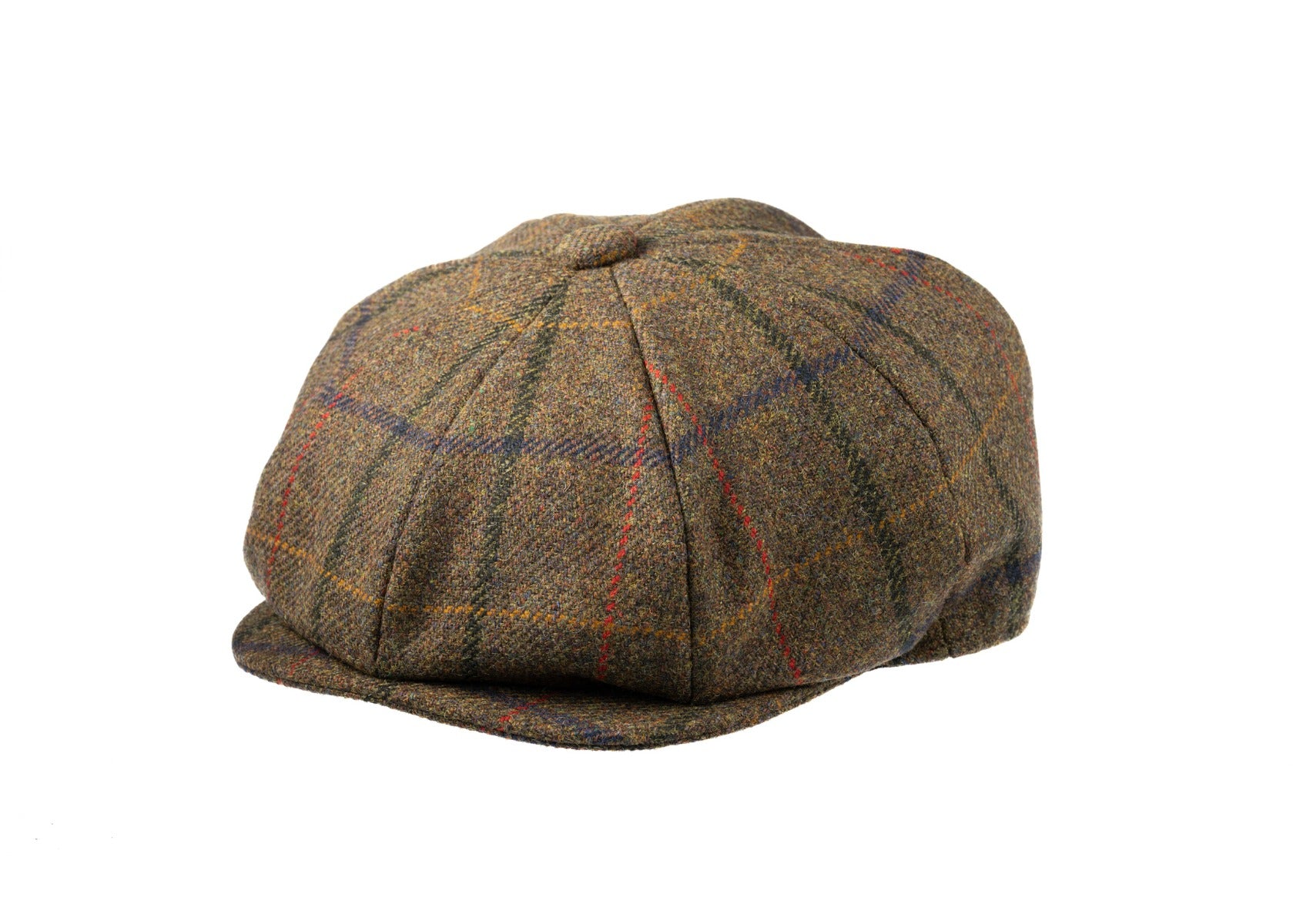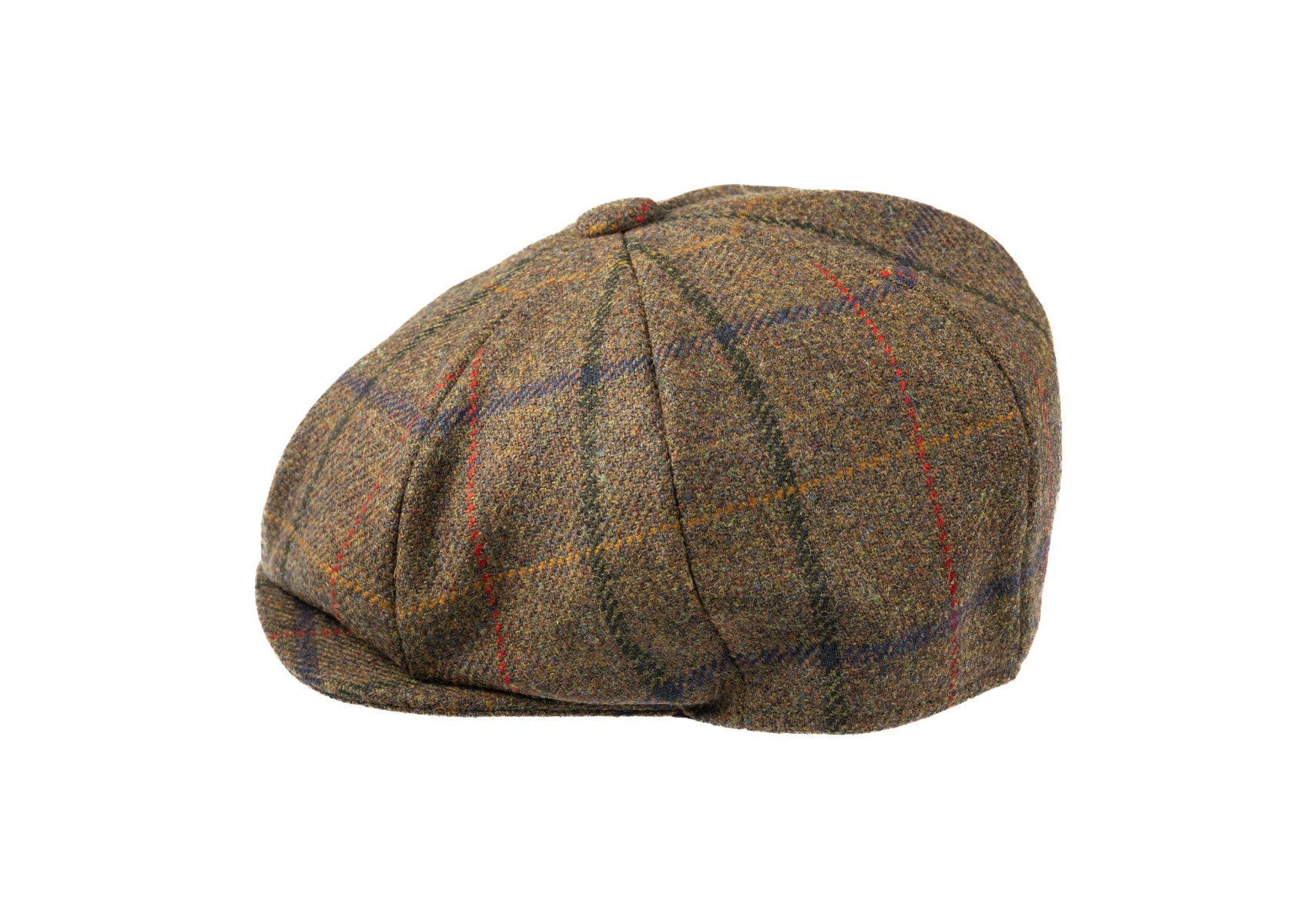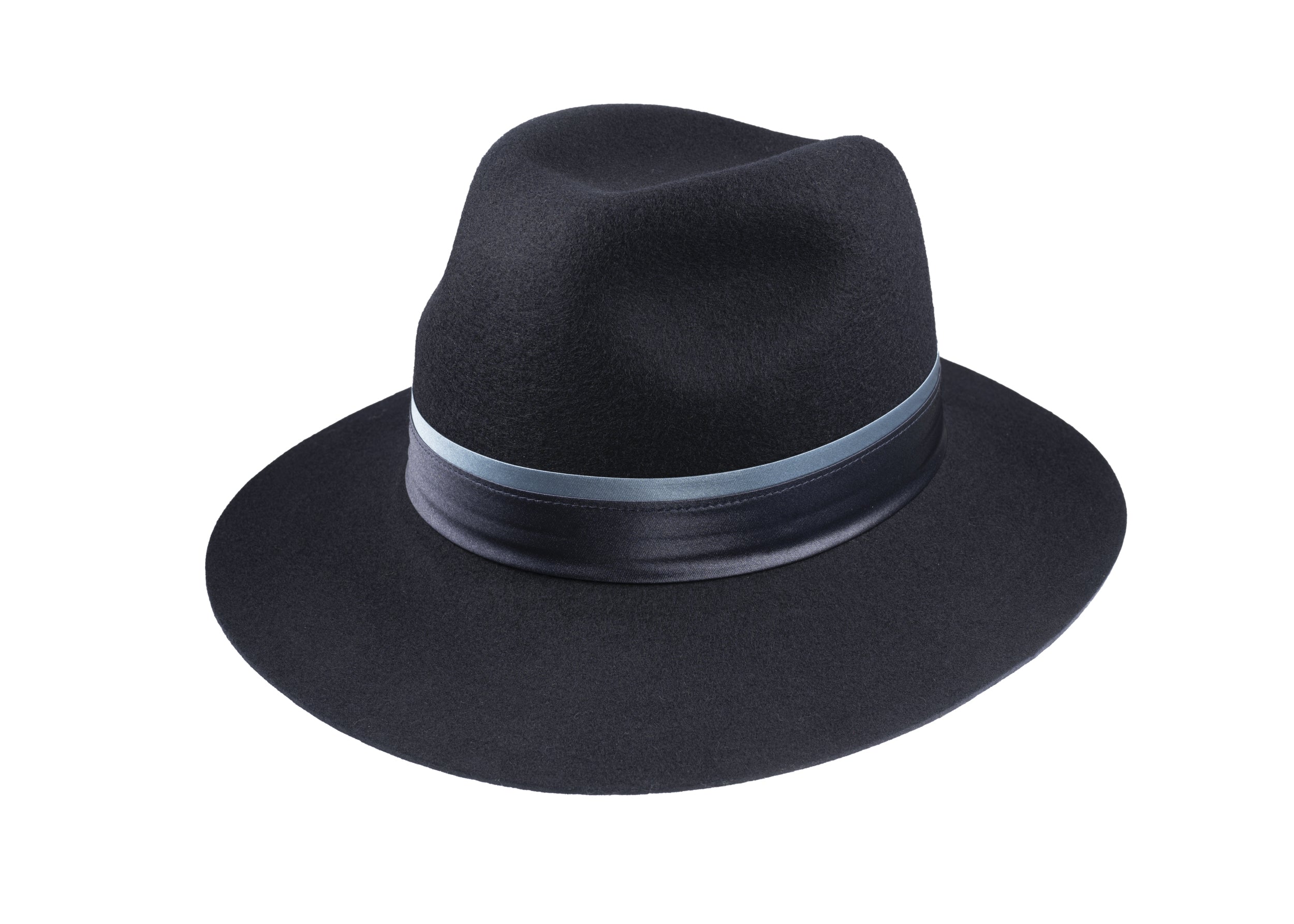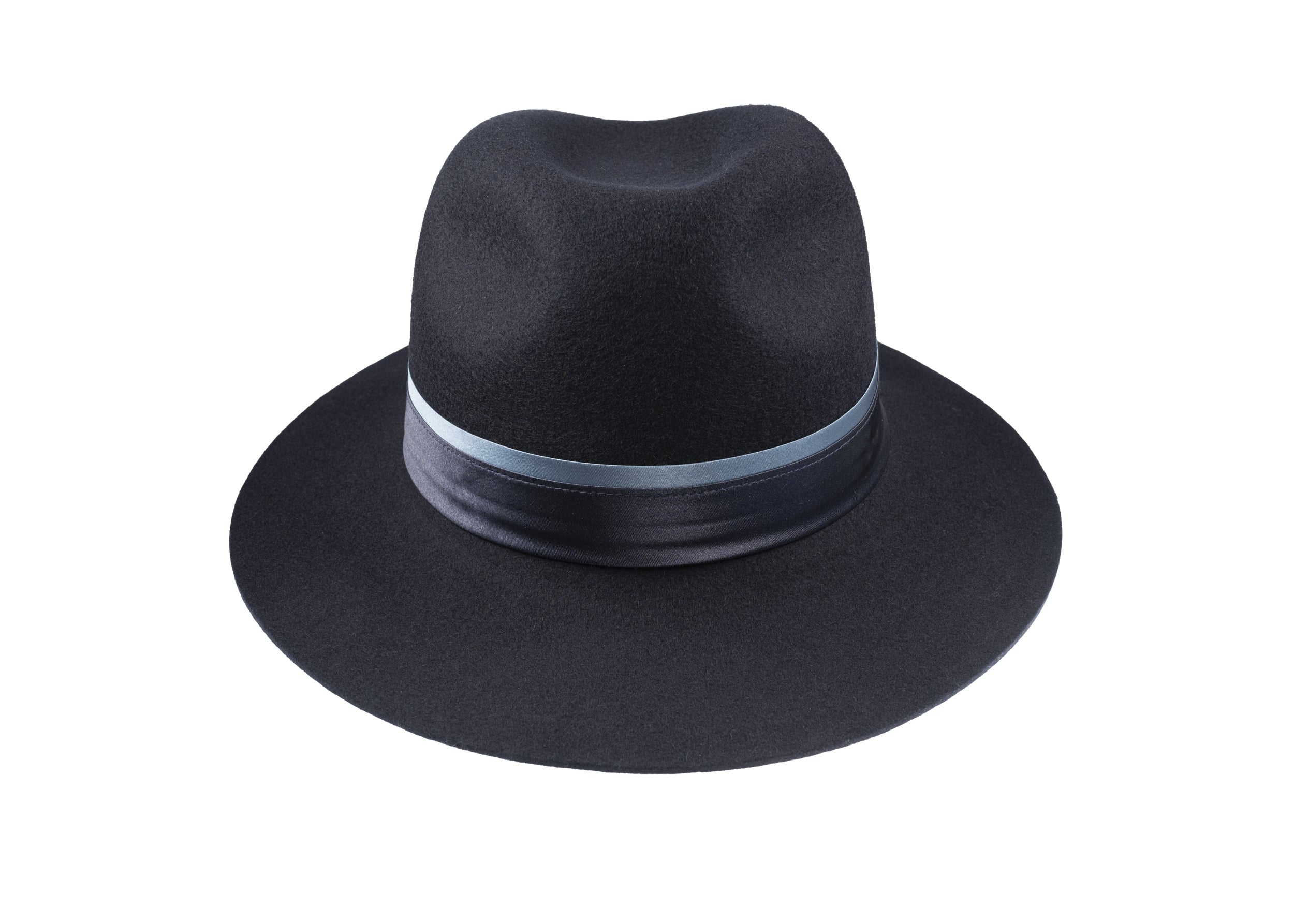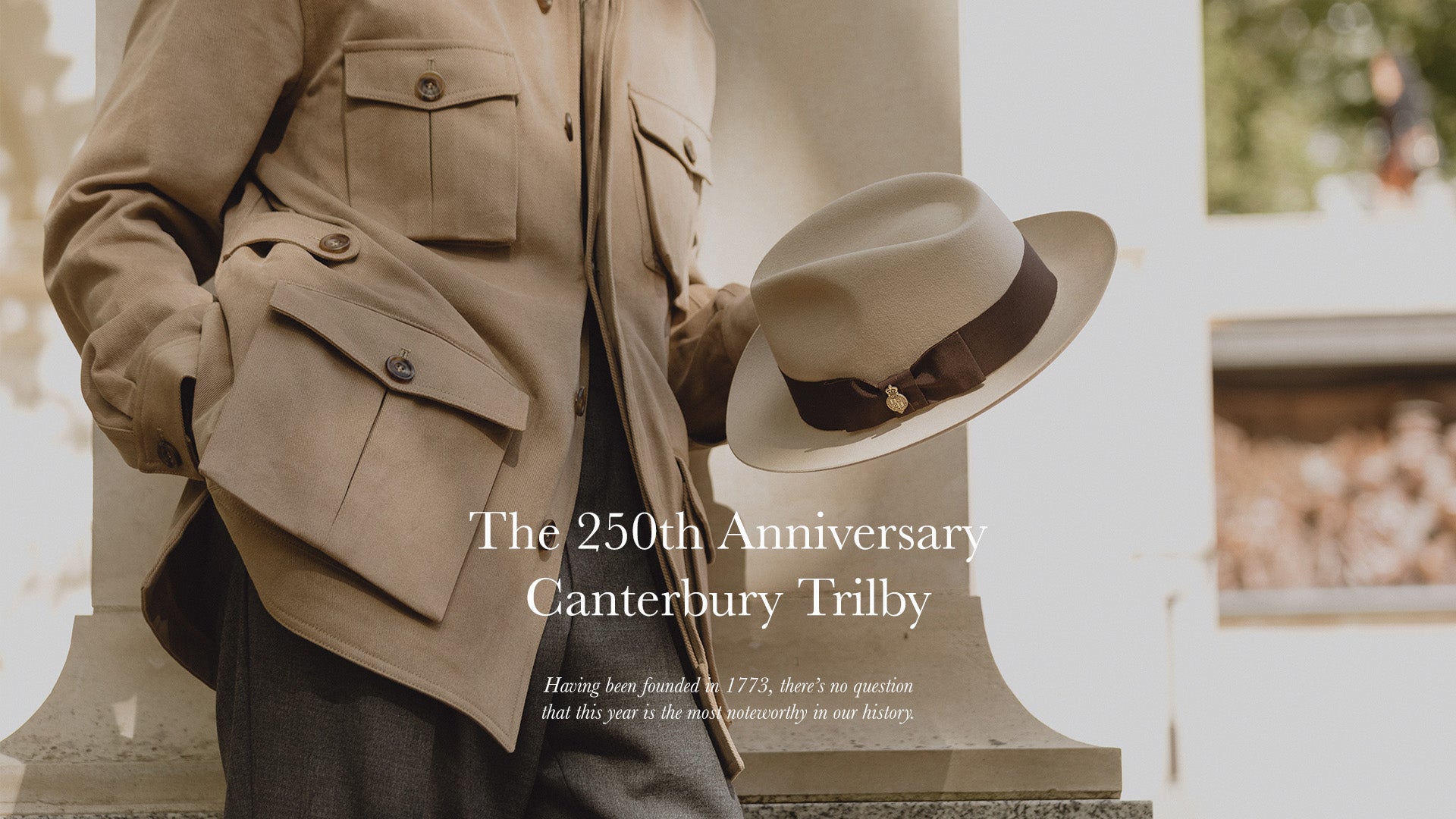The world of horse racing is filled with prestigious and historic races. The Kentucky Derby, the Preakness Stakes, the Cheltenham Gold Cup, the Prix de L’Arc de Triomphe, and the Grand National are just some of the beloved races embedded in the global equestrian calendar that attract hundreds of thousands of racegoers every year.
But the thoroughbred race among the pack is the Dubai World Cup, often tagged ‘the richest horse race in the world’ with its astonishing £10 million purse for the winner. It may not be the oldest horse meeting on the calendar – Royal Ascot’s debut in 1711 takes that particular prize – but for sheer excitement, glamour and eye-popping extravagance, it could be argued the Dubai World Cup wins the race by a nose.
The 2023 Dubai World Cup will be the 27th running of the race and takes place on Saturday March 25 on a 2,000 metre dirt track at Meydan Racecourse. The favourite this year is Country Grammer, which won last year’s race under Frankie Dettori, the fourth Dubai World Cup win for the ebullient Italian.
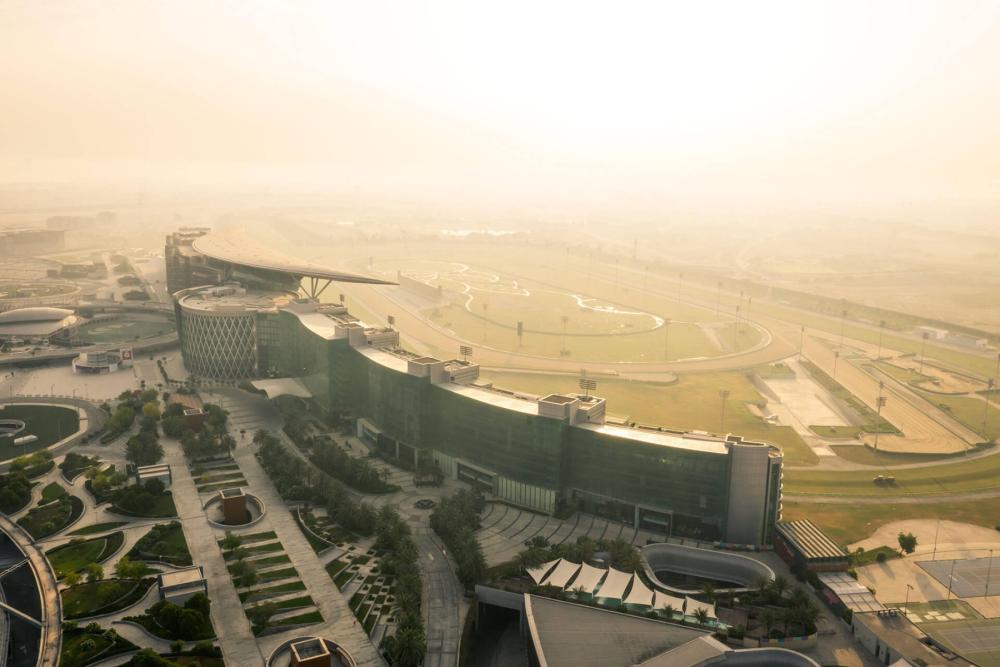
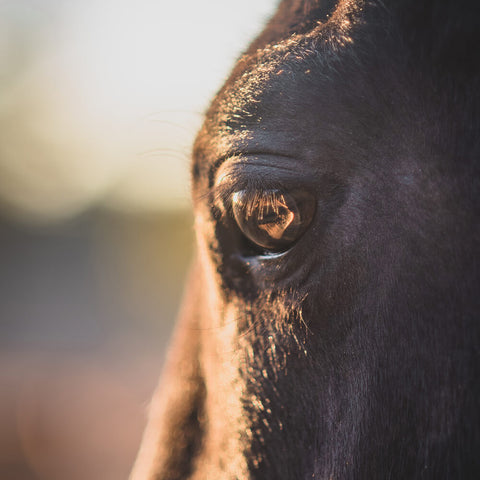 |
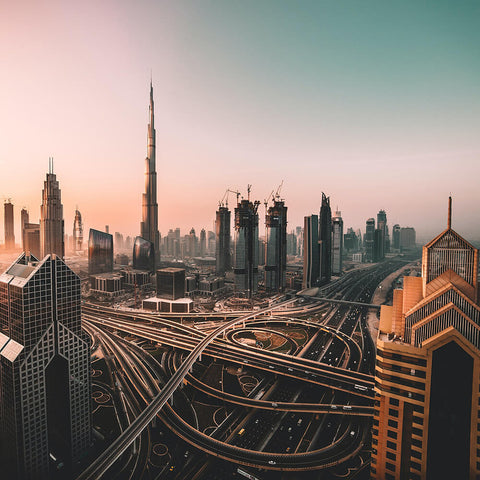 |
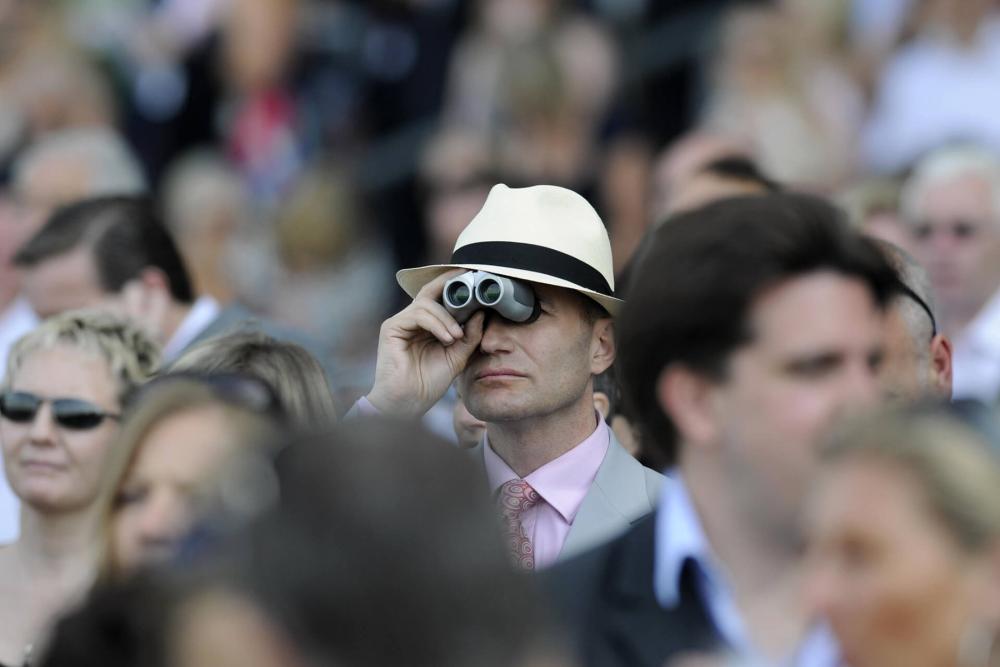
Inaugurated in 1996 by Sheikh Mohammed Bin Rashid Al Maktoum, Vice President and Prime Minister of the United Arab Emirates and Ruler of Dubai, the World Cup was initially run at Nad Al Sheba Racecourse, but switched to the state-of-the-art Meydan track in 2010.
Sheikh Mohammed is a major figure in horse racing and has enjoyed considerable success with his Godolphin stable. “The Dubai World Cup has become one of the world’s biggest and most anticipated equestrian events,” he said, “Over the years, the meeting has attracted the most elite professionals in this sport and has left an influential imprint in the world of horse racing.”
Away from the track, the Dubai World Cup is a festival of fashion, fine dining and fireworks that traditionally close the race meeting on Saturday night. It even hosts a popular Style Stakes competition for the best-dressed racegoers. In a city that is packed with world class concerts, sporting tournaments and cultural events, the Dubai World Cup stands apart as a bonafide institution in the Middle East’s social calendar.
With temperatures in March nudging 30 degrees, gentlemen attending the Dubai World Cup would be advised against the formal morning suit, waistcoat and top hat combination traditionally seen in The Royal Enclosure at Royal Ascot. Instead, a lightweight suit in silk, merino wool or linen with a minimal lining is ideal for the late spring Dubai climate. Seersucker is another popular and rather dandy choice for suiting seen in the grandstands or the lively Apron Views at Meydan Racecourse.
To combat the intense UAE sunshine, a Panama hat from Christys’ London is the essential accessory for men. Lightweight, breathable and wonderfully stylish, the Panama is an iconic piece of any gentleman’s wardrobe and is redolent of long summer days spent in the company of good friends.
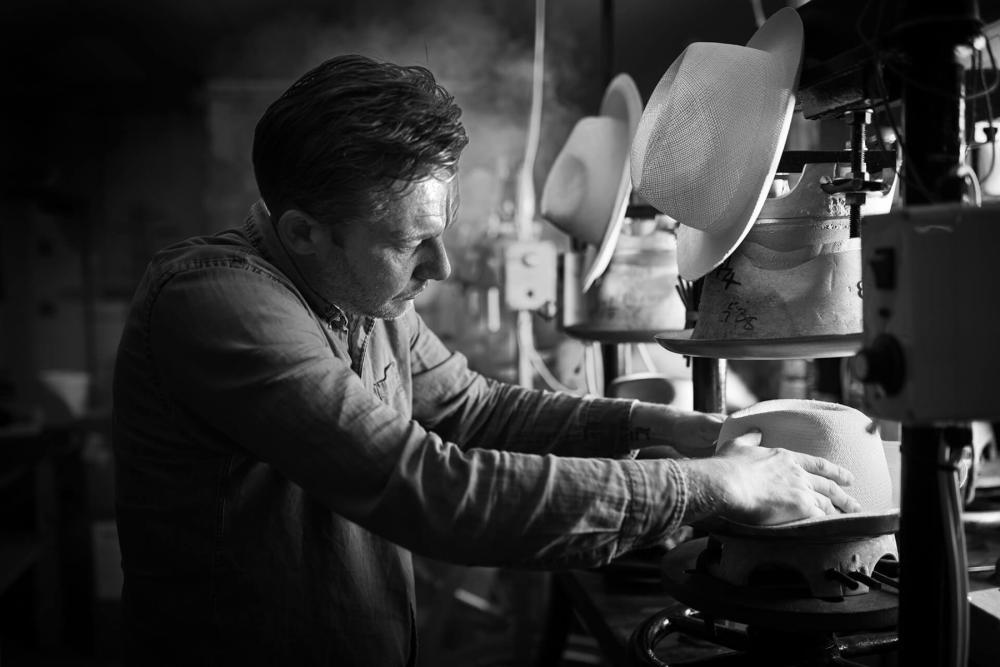
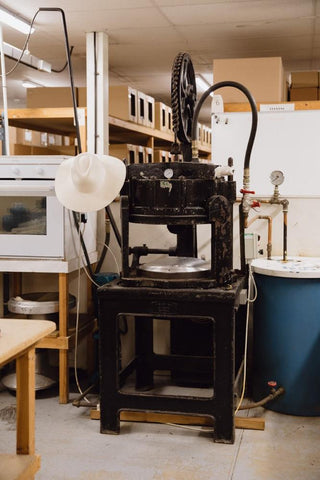 |
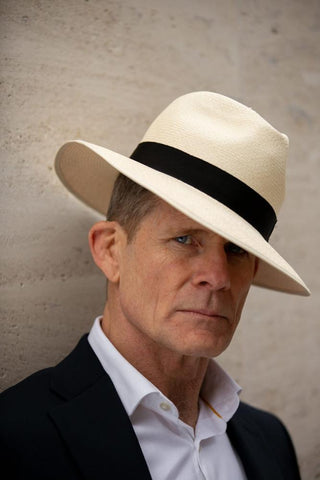 |
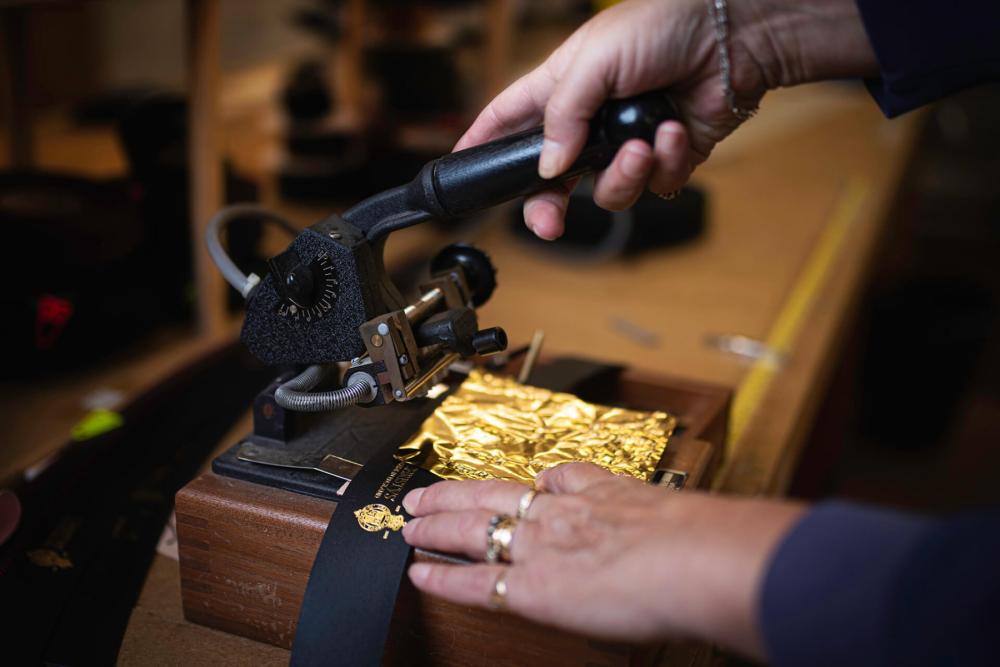
A Panama hat from Christys’ London takes weeks to craft. Hand woven in Ecuador from toquilla straw, the hat is then lovingly and meticulously blocked – a term used to describe the forming and shaping of the hat around wooden and aluminium moulds – before it is finished by expert craftsmen at Christy’s workshop in Oxfordshire, England. Now in its 250th year, Christys’ London insists on authenticity at every stage of the design and crafting process, using time-honoured traditional methods established during its founding in 1773 to ensure every hat that leaves the workshop is made with quality.
Today – at illustrious society events such as the Dubai World Cup – a timeless Panama hat from Christys’ London is just the ticket for the richest horse race in the world.
Iconic Hats Since 1773
SHOP NOW

